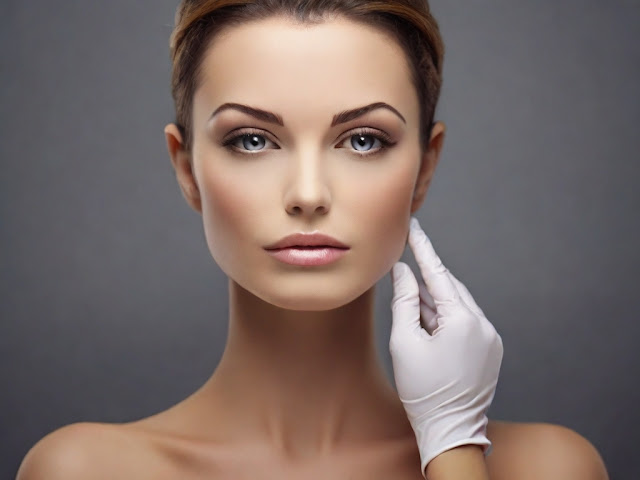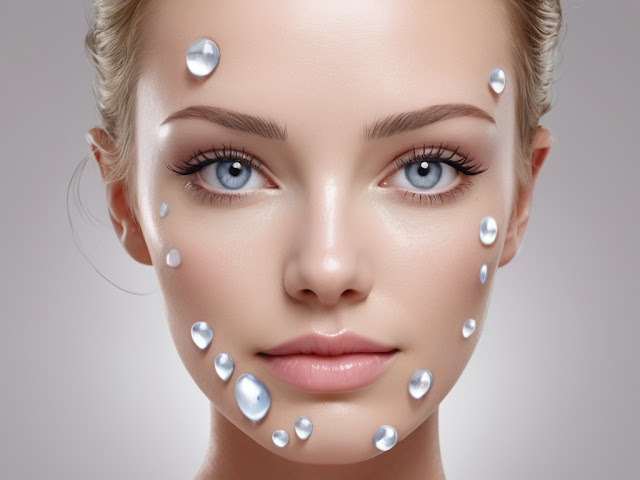Title: Understanding the Impact of Botox on Facial Expressions: Myths vs. Reality
Botox, the popular neurotoxin derived from Clostridium botulinum, has long been celebrated for its ability to smooth wrinkles and fine lines, providing individuals with a more youthful appearance. However, there is a common misconception that Botox completely freezes facial muscles, resulting in a loss of natural expression and emotion. In this article, we'll explore the truth behind this belief and how Botox actually affects facial expressions.
Debunking the Myth: Does Botox Freeze Facial Muscles?
Contrary to popular belief, Botox does not completely freeze facial muscles. Instead, it temporarily relaxes targeted muscles by blocking nerve signals that stimulate muscle contractions. This reduction in muscle activity helps to smooth out wrinkles and lines caused by repetitive facial expressions, such as smiling or frowning, without completely eliminating facial movement.
Maintaining Natural Expressions
One of the key goals of Botox treatment is to achieve natural-looking results that allow individuals to maintain their ability to express emotions and convey facial expressions. Skilled injectors carefully administer Botox to specific areas of the face, strategically targeting muscles responsible for dynamic wrinkles while preserving the ability to smile, laugh, and express a range of emotions.
Understanding Dynamic vs. Static Wrinkles
To better understand how Botox affects facial expressions, it's essential to distinguish between dynamic and static wrinkles:
Dynamic Wrinkles: These wrinkles are caused by repetitive muscle movements, such as smiling, squinting, or furrowing the brow. Botox is highly effective in reducing the appearance of dynamic wrinkles by temporarily relaxing the underlying muscles.
Static Wrinkles: Unlike dynamic wrinkles, static wrinkles are visible even when facial muscles are at rest. These wrinkles are often deeper and more pronounced and may require additional treatments, such as dermal fillers, to restore volume and smooth out the skin.
Effects of Botox on Specific Facial Expressions
While Botox can soften the appearance of wrinkles and lines, it does not completely inhibit facial expressions. Instead, it allows for controlled movement and subtle changes in expression. Here's how Botox affects specific facial expressions:
Smiling: Botox injections around the eyes (crow's feet) and forehead can reduce the appearance of smile lines and wrinkles without impeding the ability to smile naturally.
Frowning: Botox can smooth out frown lines between the eyebrows (glabellar lines) and forehead wrinkles, resulting in a more relaxed and youthful appearance.
Raising Eyebrows: Botox injected into the forehead can soften horizontal forehead lines while still allowing individuals to raise their eyebrows and display a range of expressions.
Achieving Natural-Looking Results with Botox
To achieve natural-looking results with Botox, it's crucial to work with a skilled and experienced injector who understands facial anatomy and the nuances of facial expressions. A qualified injector will assess each patient's unique facial features, expression patterns, and treatment goals to tailor Botox injections accordingly.
Conclusion
Contrary to the misconception that Botox completely freezes facial muscles and inhibits natural expression, Botox treatment can actually help individuals maintain their ability to express emotions while minimizing the appearance of wrinkles and lines. By targeting specific muscles responsible for dynamic wrinkles, Botox allows for controlled movement and subtle changes in expression, resulting in a refreshed and rejuvenated appearance. To achieve optimal results, it's essential to seek treatment from a qualified and experienced injector who can customize Botox injections to suit individual facial anatomy and expression patterns. With proper technique and careful consideration, Botox can enhance facial aesthetics while preserving natural expression and emotion.




